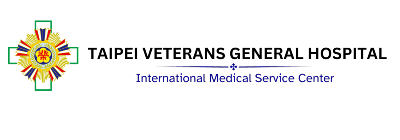Shoulder instability
Overview
The shoulder joint has the largest range of motion among all the joints in our body. It can turn in many directions but is associated with risk of instability. The stability of shoulder joint is maintained by bony structure of the joint surfaces, the ligaments, capsule and muscles. Shoulder instability occurs when the head of the humerus is forced out of the shoulder socket. Once a shoulder has dislocated, it is vulnerable to repeat episodes. Instability of the shoulder joint can be in one direction (anterior or posterior) or in more than one direction (multidirectional instability). The most common form of instability is anterior shoulder instability.
Features
The cause of shoulder instability can be “post-traumatic” or “naturally loosed”:
- Post-traumatic: Patient suffers from shoulder trauma and then experiences shoulder dislocation. When the dislocation occurs, the force stretches or tears the labrocapsular ligamentous complex of the shoulder away from the bone. When the tear of labrocapsular ligamentous complex happens in the anteroinferior glenoid, it is called a “Bankart lesion.”
- Naturally loosed: People who naturally have loose shoulder joints. The direction of instability often happens in more than one direction (multi-directional instability). Their joint may not be completely dislocated but the feeling of instability interferes their exercise.
Procedure
The goal of Bankart lesion repair is to re-attach the torn labrocapsular ligamentous complex to its anatomic insertion. It is performed arthroscopically with minimal incisions. There are about 3 small incisions made on the skin of the shoulder for the device of arthroscopy to work. With the technique of arthroscopic surgery, the whole shoulder is fully examined. The doctor will identify the injured labrum and elevated it form the glenoid neck. The anatomic insertions of the labrum are then prepared. Then the suture anchors are implanted into the prepared insertion. Sutures of the anchors are passed into the edge of the torn labrum. The labrum is then pulled over the insertion and tied securely. After the surgery, shoulder protection with an arm sling for 6 weeks is required. The doctor will arrange the rehabilitation protocol in the following months.
Notification
Complications are not common but can occur.
- Joint stiffness: Most common. Most of the stiffness ended in 6 to 12 months after the surgery.
- Infection: 1%
- Allergic reactions to medications
- Excessive swelling & Bruising
- Damage to nerves or vessels: 1~2 %
 |
 |
 |
| A shoulder joint that was viewed arthroscopically. The anterior labrum is tear. | Bankart lesion repair with suture anchors. | The labrum is reattach to the humeral head. |
 |
||
| The surgery is performed arthroscopically. | The wound of Bankart lesion repair |
Estimated Cost
For estimated medical costs, please contact International Medical Services Center.

